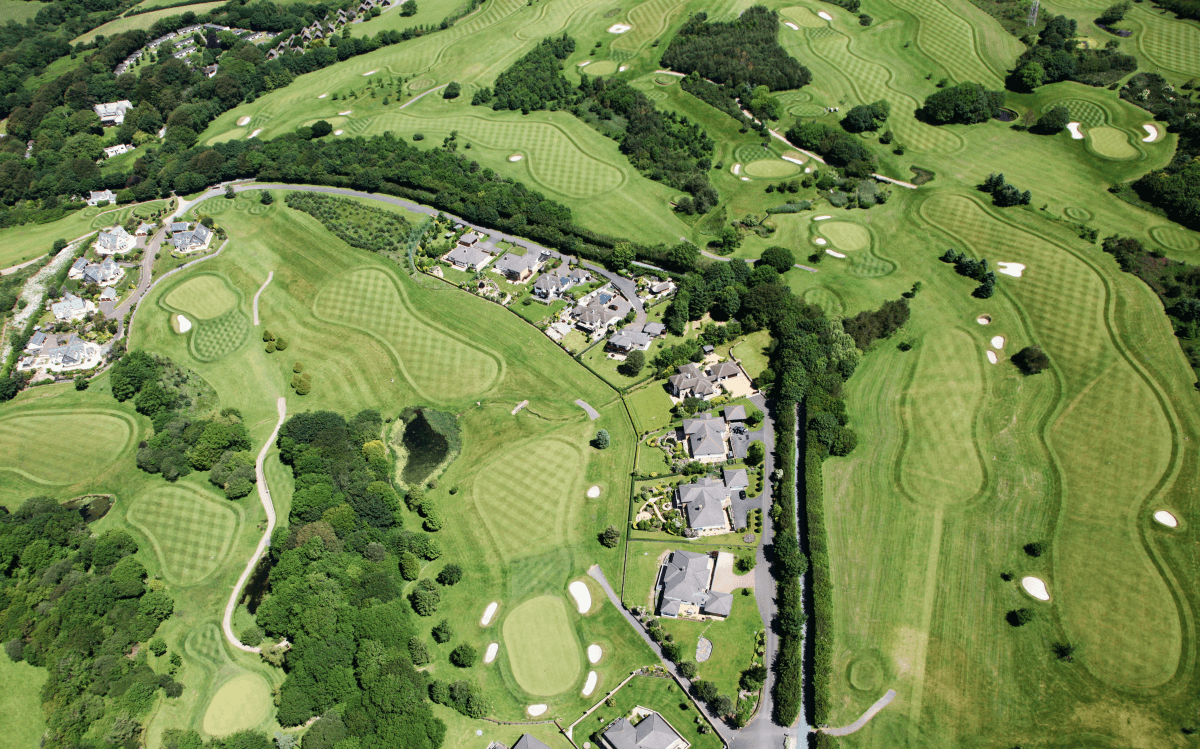Rumored Buzz on Landscapers
Rumored Buzz on Landscapers
Blog Article
The Main Principles Of Landscapers
Table of ContentsSee This Report about LandscapersNot known Details About Landscapers How Landscapers can Save You Time, Stress, and Money.What Does Landscapers Do?Landscapers Can Be Fun For Anyone
- A tree or shrub (shrub) that sheds its leaves in winter. In the PNW there are semi-deciduous or semi-evergreen plants that might shed their fallen leaves depending upon exactly how cool the winter is. Abelia and some hebe are examples. Landscapers. - A level event room, made of timber or composite material (made to appear like timber), typically nearby or affixed to a framework.

- Granite that is weathered to the point that it is a really fine aggregate. This is an all-natural process, and the outcome can be used for courses and patios. Disintegrated granite is typically described as DG. It is especially helpful in contemporary landscapes. - Trick landscape features being suggested in a landscape style strategy.
Landscapers for Dummies
These objectives assist the style process, not the designer's design or choices. Typical design objectives in Rose city are reduced maintenance, drought forgiving, and pet friendly.
Over time this layer can obtain really thick and make it challenging for water, sunlight, and nutrients to get to parts of the turf.- The procedure of gathering and controlling the circulation of water on a residential or commercial property. This can be finished with grading, French drains pipes, completely dry wells, permeable surfaces, sump pump, rainfall gardens, and extra.
Feature at the base of hills, with natural springs, or loaded with hefty clay have one of the most drainage problems.- A slow-moving feeding irrigation system that uses versatile tubes and emitters to send a precise quantity of water to every plant. This is the most efficient approach of watering plants. - The ability of a plant to endure without much summertime water.
- A garden attribute where water is stood for by an aggregate rock item, typically a crushed rock or granite. These are most generally found in contemporary and Japanese yard design.- A stone or natural flagstone patio area, course, or sidewalk built without a concrete base. The base would be compressed crushed rock and the joints would certainly be an aggregate or walkable ground cover.
The smart Trick of Landscapers That Nobody is Discussing
- A rock retaining or totally free standing wall surface built without the use of mortar. An extremely skilled mason is needed for a dry pile rock wall. Most wall surfaces in Rose city are not dry piled, also if they appear to be. - An underground structure that collect water and enables it to slow percolate right into the dirt around it.
Landscape style that is suitable with a sites' setting in both appearance and sustainability without unfavorable influences to the atmosphere. Bordering in the landscape is a line of demarcation that develops visual passion in the garden by dividing one section from an additional sector.
Areas can also sense of "unit" provided by trees, other plantings, fencings, or displays. The landscape near the access to a building. A tree, shrub or vine, trained to expand on a wall surface or fence into a details pattern. Particularly valuable for fruit trees, making it easy to gather the fruit and consisting of mess.
A plant that is not native to the place where it will certainly be grown. Thicker bladed lawn grass that spread by means of rhizomes.: The degree of dirt on your home before bark dirt or garden compost is spread.
4 Simple Techniques For Landscapers

The function, reason, or action that a location is be landscaped for. Area for growing plants for viewing, consuming, or physical activity.
Reduced plants that are permitted or urged to spread out over a location. Can refer to any "hard" garden aspects consisting of statuary or rocks but the majority of frequently is made use of to refer to courses, patios, and walls.: Height distinction between the level of water in a pond (or the degree of the pump if it sits outside the pond) and the top electrical outlet of water which affects performance of the water pump in gph (gallons per hour).
:max_bytes(150000):strip_icc()/look-up-look-down-photography--o7ASOHDV9E-unsplash-62ac6efd6d724c7abb7320fefe03b411.jpg)
Landscapers for Beginners
An even more loosened up yard controlled by rounded as opposed to straight bed lines and a much less inflexible structure. Traditional PNW landscapes are casual. A plant that spreads greater than wanted, or right into habitats where it does damages. Portland has a listing of intrusive plants that must not be installed in landscapes due to the fact that they can infect forests or rivers and be hard to regulate.
Can include head positionings and coverage, pipeline sizing, GPM specs, and materials required to install this system. Accredited specialist who creates landscapes, schooled in design and architecture as well as in horticulture.
The professional who prepares and establishes landscape projects, typically at a residential or small industrial degree with the major design catalyst on plantings. Landscape designers commonly have less schooling than Landscape Architects and are not licensed. A completed landscape style, describing all components for the new landscape. This typically takes the type of a drawing theoretically.
Calcium product utilized to raise the pH in soil, which will make it much less friendly to my latest blog post moss. A water limited HDPE material used underneath fish ponds, streams and waterfalls in water features. Using many plantings of the exact same selection to fill out an area in the landscape. This can lower upkeep and water usage in the next garden.
Report this page